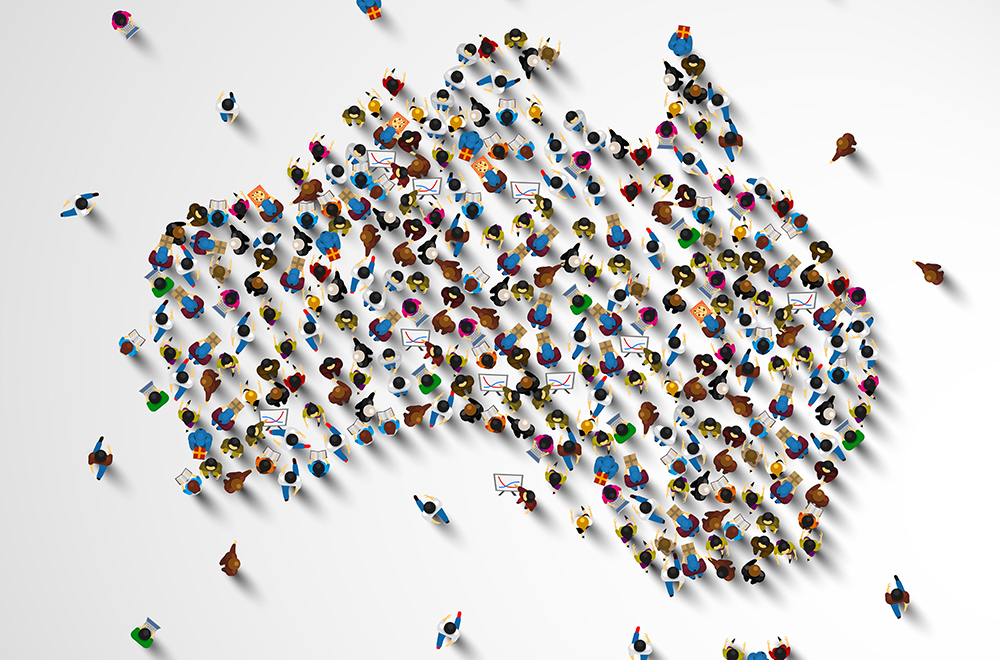The number of Australians with disability declined slightly while the numbers of those furthering their education rose along with increases in people with severe disability working full-time, according to the latest data from the Australian Bureau of Statistics.
There were 4.4 million Australians with disability in 2018, or 17.7 per cent of the population, down from 18.3 per cent in 2015. Prevalence increases with age, with 11.6 per cent aged 0-64 years and 49.6 per cent aged 65 years and over with a disability, which is similar for males and females, 17.6 per cent and 17.8 per cent respectively while 5.7 per cent had a profound or severe disability.
The number of those with disability reporting a mental or behavioural disorder as their main condition rose from 21.5 per cent to 23.2 per cent. There was also a rise in numbers of those with disability living in households completing a year 12 or equivalent, or had a Bachelor degree. People on a government pension or allowance declined from 41.9 per cent to 37.9 per cent.
However people reporting an experience with discrimination rose slightly. Labour force participation for those aged 15-64 years has remained stable since 2015 at 53.4 per cent, in contrast to an increase in the participation rate for people without disability at 84.1 per cent.
There were also increases in the number of peoplewith a profound or severe disability working full-time up from 7.9 per cent in 2015 to 11.4 per cent.
There were 2.65 million carers, representing 10.8 per cent of all Australians with 3.5 per cent primary carers with 37.4 per cent of primary carers with a disability, twice the rate of non-carers. The most common reason primary carers gave for taking on a caring role was a sense of family responsibility.
The number of Australians with disability declined slightly while the numbers of those furthering their education rose along with increases in people with severe disability working full-time, according to the latest data from the Australian Bureau of Statistics.
There were 4.4 million Australians with disability in 2018, or 17.7 per cent of the population, down from 18.3 per cent in 2015. Prevalence increases with age, with 11.6 per cent aged 0-64 years and 49.6 per cent aged 65 years and over with a disability, which is similar for males and females, 17.6 per cent and 17.8 per cent respectively while 5.7 per cent had a profound or severe disability.
The number of those with disability reporting a mental or behavioural disorder as their main condition rose from 21.5 per cent to 23.2 per cent. There was also a rise in numbers of those with disability living in households completing a year 12 or equivalent, or had a Bachelor degree. People on a government pension or allowance declined from 41.9 per cent to 37.9 per cent.
However people reporting an experience with discrimination rose slightly. Labour force participation for those aged 15-64 years has remained stable since 2015 at 53.4 per cent, in contrast to an increase in the participation rate for people without disability at 84.1 per cent.
There were also increases in the number of peoplewith a profound or severe disability working full-time up from 7.9 per cent in 2015 to 11.4 per cent.
There were 2.65 million carers, representing 10.8 per cent of all Australians with 3.5 per cent primary carers with 37.4 per cent of primary carers with a disability, twice the rate of non-carers. The most common reason primary carers gave for taking on a caring role was a sense of family responsibility.

